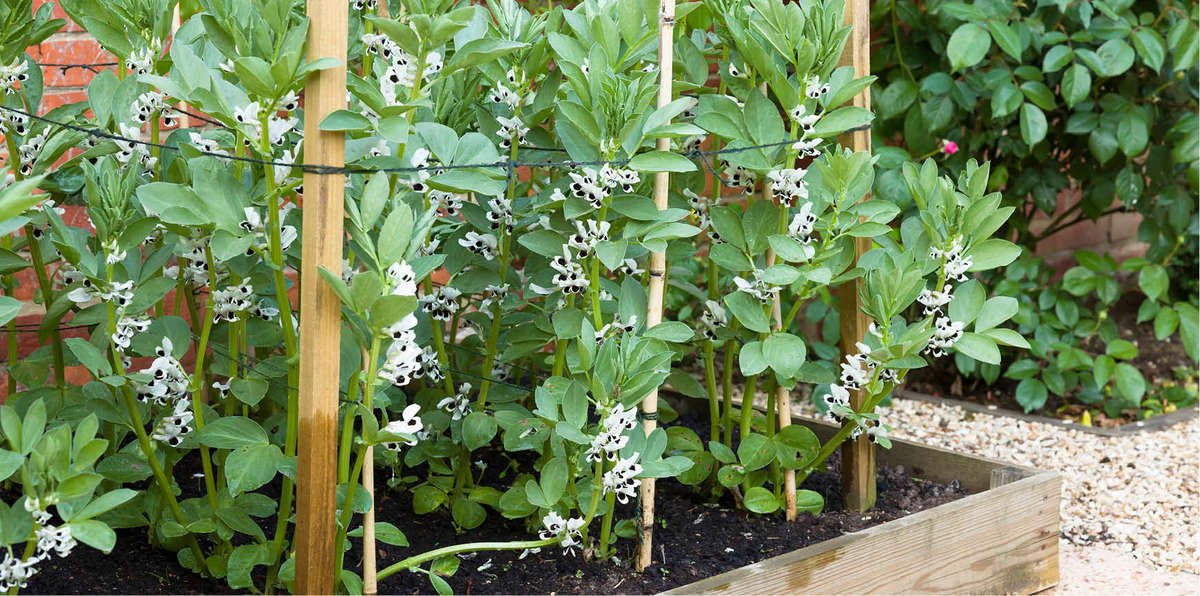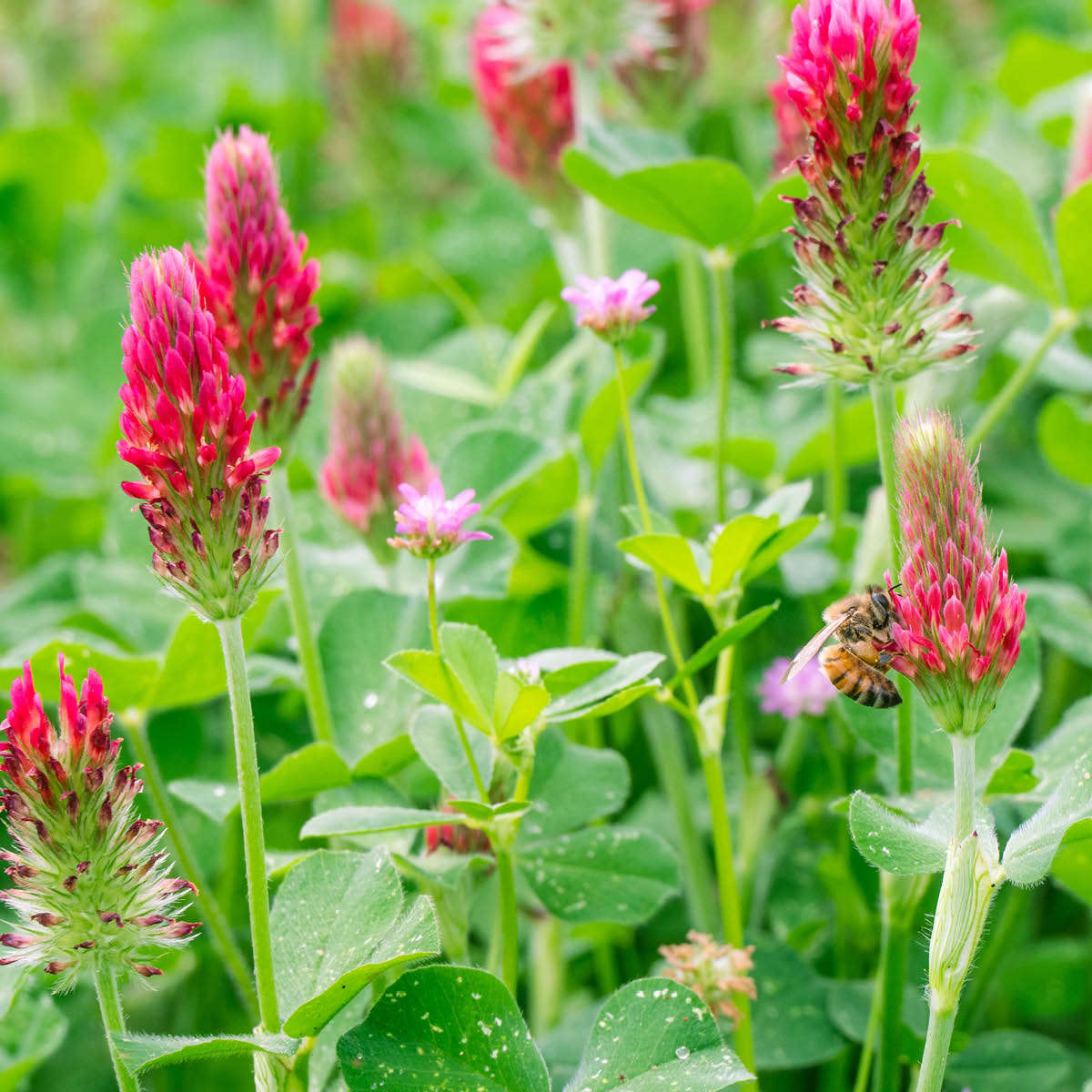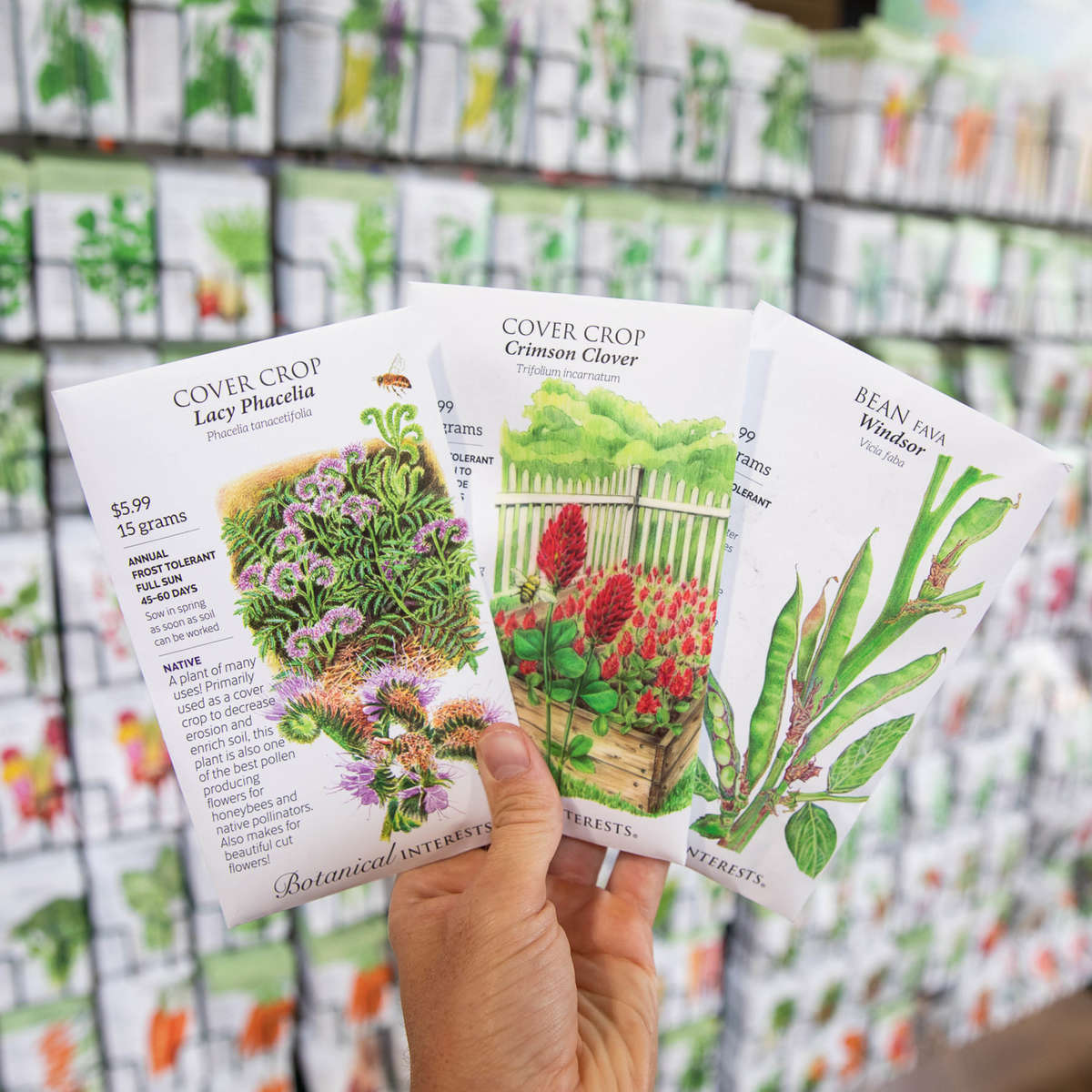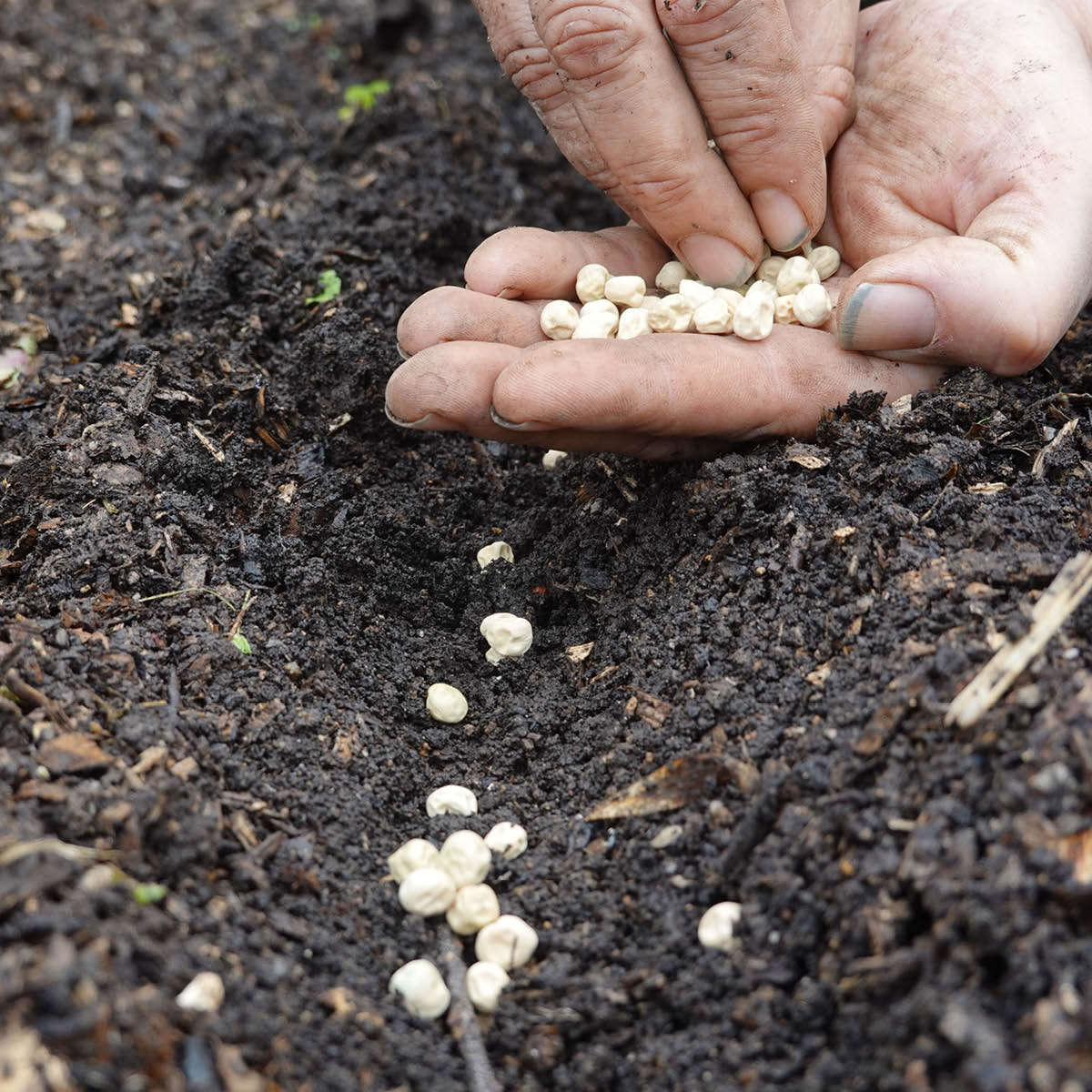
Benefits of Planting Cover Crops

Growing Cover Crops for Soil Health
Cover crops, also known as green manure, are plants grown to benefit the soil rather than for harvest. These crops, especially used over winter, play a crucial role in boosting soil health by improving structure, adding nutrients, and suppressing weeds.

What Are Cover Crops?
Cover crops are plants grown primarily to benefit the soil and ecosystem of your garden rather than for direct consumption. They are usually sown in the off-season, such as winter, to protect and enrich the soil. Common types of cover crops include legumes (like clover and vetch), grasses (such as rye and barley), and brassicas (like mustard and radish). These plants are known for their ability to improve soil structure, add nutrients, and suppress weeds, making them an essential part of sustainable and regenerative gardening.

Benefits of Planting Cover Crops
Soil Health Improvement: cover crops enhance soil health, a key aspect of regenerative gardening. They improve soil structure by adding organic matter, creating a loose texture ideal for root growth. Leguminous cover crops fix nitrogen from the air into the soil, boosting fertility and promoting long-term soil regeneration.
Weed Suppression: cover crops naturally suppress weeds by covering the soil surface, preventing sunlight from reaching weed seeds and reducing their growth. This decreases the need for herbicides, promoting a healthier garden ecosystem.
Erosion Control: winter rains can cause soil erosion, depleting topsoil and nutrients. Cover crops act as a protective layer, reducing the impact of raindrops and preventing erosion. Their roots hold the soil in place, preserving its integrity and nutrient content for future planting.
Pest and Disease Management: by planting cover crops you can provide habitat for beneficial insects that prey on garden pests, reducing the need for chemical pesticides.
Weed Suppression: cover crops naturally suppress weeds by covering the soil surface, preventing sunlight from reaching weed seeds and reducing their growth. This decreases the need for herbicides, promoting a healthier garden ecosystem.
Erosion Control: winter rains can cause soil erosion, depleting topsoil and nutrients. Cover crops act as a protective layer, reducing the impact of raindrops and preventing erosion. Their roots hold the soil in place, preserving its integrity and nutrient content for future planting.
Pest and Disease Management: by planting cover crops you can provide habitat for beneficial insects that prey on garden pests, reducing the need for chemical pesticides.

How to Manage Cover Crops
Planting Cover Crops
- Prepare the Soil: Clear any existing vegetation and lightly till the soil to create a seedbed.
- Sow the Seeds: Broadcast the cover crop seeds evenly over the soil surface and rake them in gently.
- Water: Ensure the soil is moist to help the seeds germinate and establish.
Managing Cover Crops
- Monitor Growth: Regularly check the cover crops for pests and diseases.
- Mow if Necessary: If the cover crops grow too tall, mow them down to prevent them from becoming unmanageable.
Terminating Cover Crops
- Timing: Plan to terminate the cover crops 2-3 weeks before planting your main crops.
- Methods: You can mow, crimp, or till the cover crops into the soil. Tilling them in adds organic matter directly to the soil, further promoting regenerative soil health.
